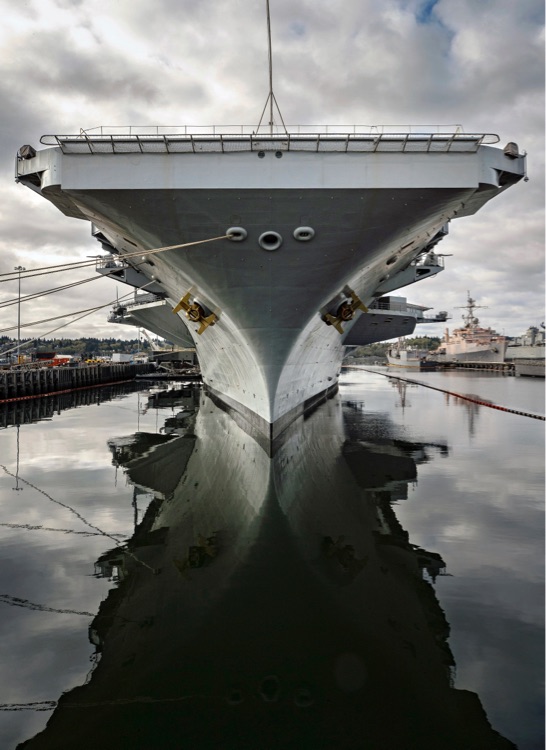Two alternatives are currently under consideration, in addition to a No Action Alternative. The No Action Alternative would not meet the purpose and need for the Proposed Action, but as required by NEPA, the No Action Alternative is analyzed to provide a baseline for measuring the environmental impacts of the action alternatives. There are two alternative locations for the proposed multi-mission dry dock: Dry Dock 3 and Mooring A. Both alternatives would include demolition, replacement, and/or construction of other piers, wharves, moorings, cranes, buildings, and support facilities, and dredging to create adequate water depth at wharves and piers. Alternative 2 (Preferred Alternative) includes construction of a new forge shop and an expanded Radio Hill complex at Naval Base Kitsap-Bangor. Alternative 3 also includes an expanded Radio Hill complex at Naval Base Kitsap-Bangor and the creation of a new turning basin in Sinclair Inlet.
Dry Dock 3 is the preferred location for the multi-mission dry dock because this dry dock is too small to allow reliable docking for any of the Navy’s currently commissioned nuclear vessels. Around 2040, the Navy expects to finish recycling Los Angeles-class submarines, which must be lengthened to get into Dry Dock 3. Once they are all recycled, Dry Dock 3 will no longer be usable to support fleet requirements.
